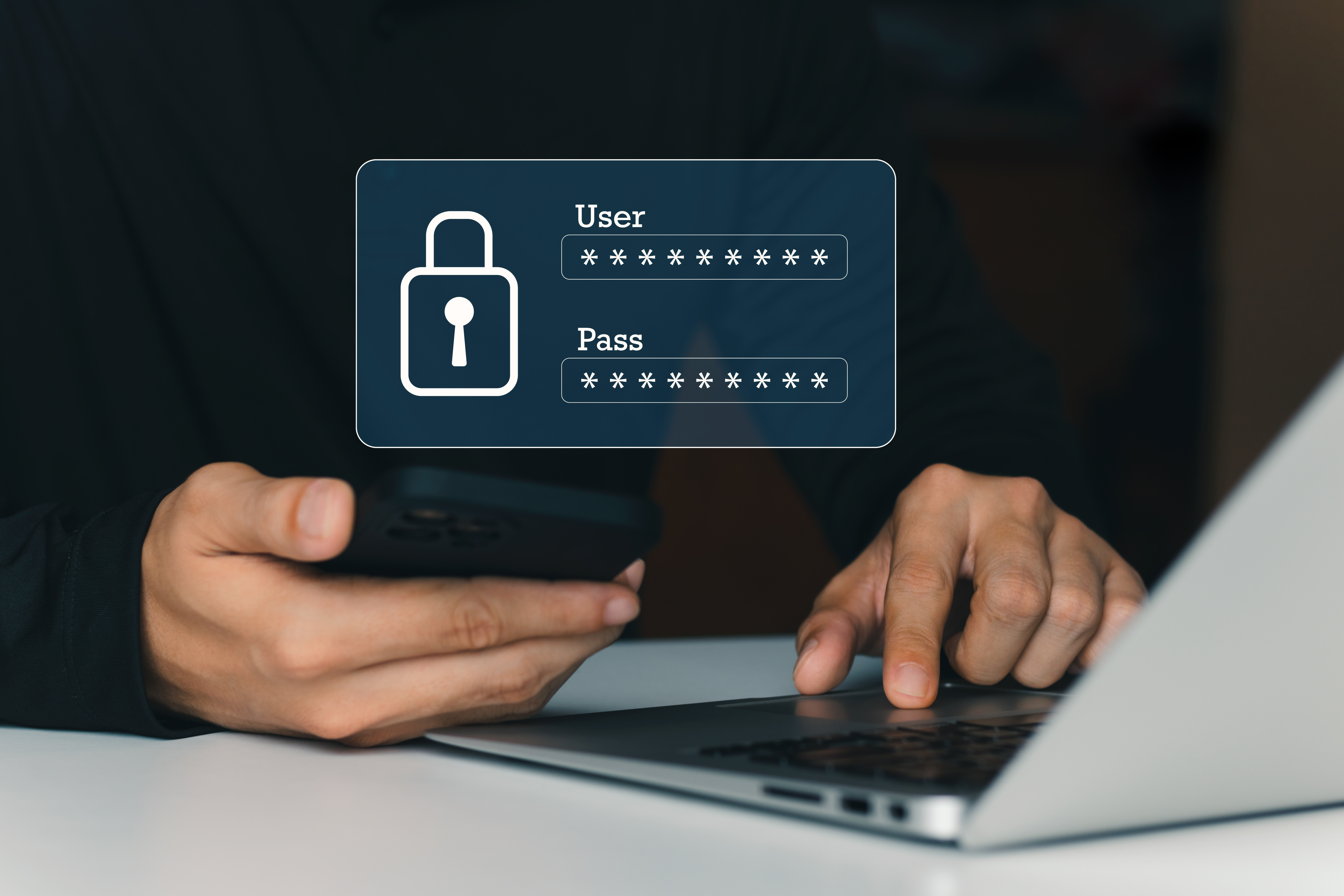Password sharing is a common but risky practice in many organizations. When it comes to contact centers where agents regularly access sensitive customer data, the risks multiply exponentially. Unfortunately, organizations often lack tools to combat this practice, other than training their teams and raising awareness about its dangers. But now, with continuous authentication, password sharing may soon be a thing of the past.
Let’s take a deeper look at password sharing, its risks, and how continuous authentication can help eliminate the problem.
Why Do Employees Share Passwords?
The simplest explanation is convenience. Sometimes, when helping a colleague with something, it's just easier to type in your password and show them how to do something instead of waiting for them to enter their credentials. In some cases, when organizations have strict access control, employees may find it easier to share their password than to request specific access. In other instances, when an employee is locked out of their system and can't wait for IT to reset their password, they might simply ask a colleague for their credentials to get the work done.
However, these seemingly innocent acts are putting organizations at tremendous risk.
Risks Of Password Sharing
While seemingly innocent and possibly done with good intent, password sharing can expose organizations to numerous threats.
Insider Threats
When credentials are shared, it's much harder to track who is responsible for specific actions. Insider threats become more difficult to mitigate when employees share passwords because it’s impossible to tie actions back to the individual. If a bad actor compromises a shared password, it’s even harder to pinpoint the culprit.
Creates Unknown Cybersecurity Risks
A solid access control strategy ensures employees only have access to the information they need to perform their job. But when passwords are shared, this principle falls apart, leaving sensitive data exposed. Without knowing who has access to what, organizations are unknowingly opening the door to external threats.
Risk of Compliance Failures
Contact centers must adhere to strict regulations, including ensuring that all activities performed by agents are properly logged and auditable. Password sharing violates these compliance requirements, potentially leading to hefty fines and penalties.
Increased Vulnerability to Phishing
A culture of password sharing makes organizations more vulnerable to social engineering attacks. If an attacker can exploit shared passwords, they can easily trick employees into giving up credentials through phishing schemes.
The Stats Behind the Threat
- 49% of all data breaches in 2024 involved passwords, highlighting the importance of controlling password usage.
- 70% of employees admit to sharing passwords, creating easy access points for attackers.
- 3.2 billion credentials were compromised in 2024, a 33% increase from the previous year, fueling ransomware and malware attacks. (Flashpoint)
- 35% of identity-related incidents were due to brute force attacks, such as password spraying and credential stuffing.
- 32% of breaches stemmed from social engineering exploiting weak or shared passwords.
What Is Continuous Authentication?
Traditional authentication methods verify a user’s identity only at the point of login, leaving a window of opportunity for attackers once they gain access. If an employee shares their password or leaves their workstation unattended, an intruder can easily take over.
Continuous authentication solves this problem by constantly verifying a user’s identity throughout the entire session. Even if someone gains access to the system using shared credentials, the software will detect unusual behavior and lock the intruder out.
At Twosense, behavior-based authentication drives this solution. We leverage individual typing patterns and mouse movements to verify identity. This means that even if an attacker has the correct password, they won’t be able to replicate the unique behavior of the legitimate user, making the password entirely worthless.
How Does Continuous Authentication Prevent Password Sharing?
With continuous authentication, password sharing becomes a non-issue. Even if an employee hands over their credentials to a colleague, the system will detect the change in behavior and lock the intruder out. This happens without requiring the employee to take any action—there’s no need for extra MFA challenges or tokens.
This persistent verification means that shared credentials are rendered useless as soon as they’re used by someone else. The system will automatically flag the activity as suspicious and prevent unauthorized access.
Not only does this help eliminate password sharing, but it also mitigates the risks posed by credential theft and phishing attacks. Even if an attacker obtains an employee's credentials, they will still be unable to mimic the user’s unique device interactions.
Additional Measures to Prevent Password Sharing
In addition to implementing continuous authentication, organizations can take several other measures to minimize password sharing:
- Regular cybersecurity audits help identify instances of password sharing and other system vulnerabilities.
- Address security friction by ensuring that security measures don’t slow down employees, which may lead to them sharing passwords out of frustration.
- Employee education remains a vital tool—by raising awareness about the risks of password sharing and fostering open communication between agents and cybersecurity teams, businesses can create a culture of security.
Password Misuse Can Be Stopped. The answer is Continuous Authentication.
As credential theft and password sharing continue to escalate, it’s clear that traditional authentication methods are no longer enough. Continuous authentication ensures that even if passwords are shared or stolen, fraudsters cannot access sensitive data. With no need for passwords, tokens, or external devices, it offers a more secure, more convenient solution for businesses to protect their agents and customers.
.jpeg)

.jpeg)
